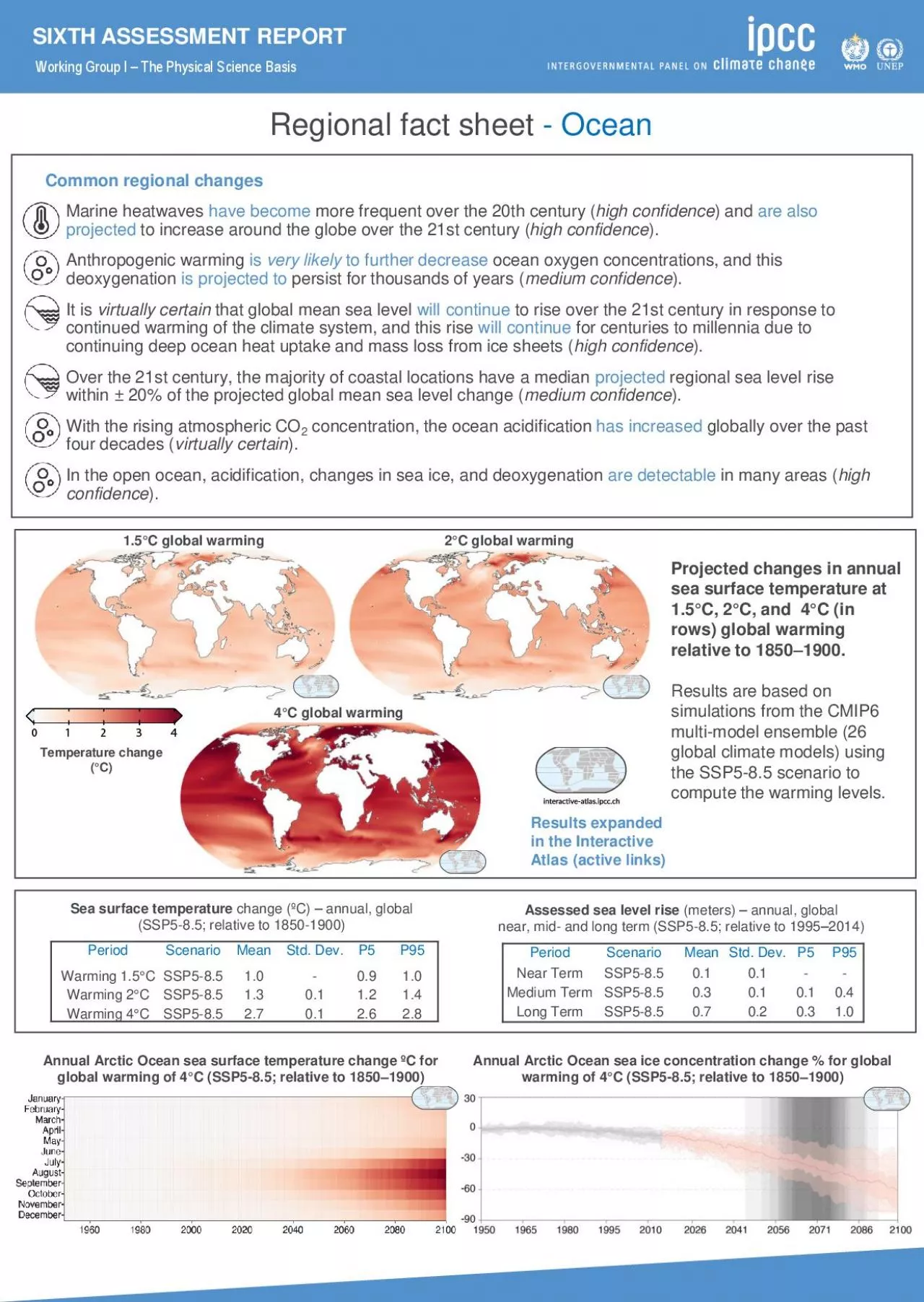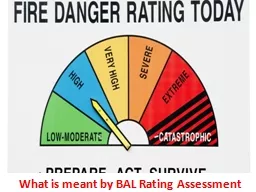PDF-SIXTH ASSESSMENT REPORT
Author : kimberly | Published Date : 2021-09-23
Working Group I The Physical Science BasisRegional fact sheet OceanCommonregionalchangesMarine heatwaves have become more frequent over the 20th century high confidence
Presentation Embed Code
Download Presentation
Download Presentation The PPT/PDF document "SIXTH ASSESSMENT REPORT" is the property of its rightful owner. Permission is granted to download and print the materials on this website for personal, non-commercial use only, and to display it on your personal computer provided you do not modify the materials and that you retain all copyright notices contained in the materials. By downloading content from our website, you accept the terms of this agreement.
SIXTH ASSESSMENT REPORT: Transcript
Download Rules Of Document
"SIXTH ASSESSMENT REPORT"The content belongs to its owner. You may download and print it for personal use, without modification, and keep all copyright notices. By downloading, you agree to these terms.
Related Documents














